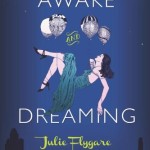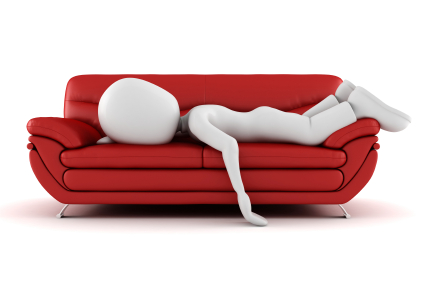Narcolepsy Syndrome
Narcolepsy is a chronic sleep disorder characterised by excessive daytime drowsiness and extreme attacks of daytime sleep.
Narcolepsy is a disorder that affects 0.05% of the UK’s population, meaning that the disease affects about 5 in 10,000 in the community. This disorder is also associated with sudden attacks of sleep and insomnia, dream like hallucinations and sleep paralysis. People facing the Narcolepsy syndrome often find it difficult to stay awake for longer periods of time irrespective of their circumstances. Hence, Narcolepsy can cause serious disruption in the life of people facing the syndrome.
It should be noted that Narcolepsy is not related to depression. Although the actual cause of narcolepsy is still unknown, some experts believe that it is due to a deficiency in the production of a chemical in the brain called “hypocretin”. Researchers have also discovered various abnormalities in different parts of the brain involved in regulating REM (rapid eye movement) sleep. This REM (rapid eye movement sleep) is a deeper sleep cycle which usually occurs after 90 minutes of falling asleep.
People facing the narcolepsy syndrome have difficulty in following the normal sleep pattern and fall immediately asleep as well as periodically during the waking hours. Hence, the stage of REM which normally comes after 90 minutes of having asleep occurs almost immediately in the case of narcolepsy. Hence, abnormalities like these contribute to symptom development.
Narcolepsy symptoms usually develop during the teen years or young adult years normally between the ages of 10-25. Although, not limited to these ages, Narcolepsy is more common in this age group. Narcolepsy may begin during the years when a person is around 10 to 25 and may get worse with time. The key symptoms of Narcolepsy are the following:
Disturbed Sleep Pattern
People with narcolepsy fall asleep almost immediately. Their sleeping pattern is highly disturbed. Excessive daytime sleep is usually the first symptom of narcolepsy. A person with narcolepsy may be talking to a friend and fall asleep almost immediately and wake up again in half an hour feeling refreshed. People having narcolepsy also find it difficult to sleep at night. These people often have fragmented sleep which makes them feel tired and sleepy in the morning.
Cataplexy
Cataplexy also referred to as the sudden loss of muscle tone can cause a number of physical changes from difficulty in speaking to feeling weak in the muscles. This can last for seconds for up to two minutes again repeating every 20 to 60 minutes. This is often triggered by a sudden burst of emotions.
Sleep paralysis
People with narcolepsy often find it difficult to move or sleep while falling immediately asleep or upon waking. Although, these episodes are brief and can last for a couple of minutes but these can be frightening.
Hallucinations
These hallucinations are vivid dream like experiences which occurs between the sleep and wakeup cycle. A person with narcolepsy may be semi awake while dreaming hence these images may appear as reality.
People with the narcolepsy syndrome find it difficult to concentrate at school, work and home and social life. Although, there is no cure for narcolepsy experts believe that medicines, changes in lifestyle such as avoiding caffeine, alcohol, consumption of nicotine and shorter meals can make a significant difference. In addition to this, experts also try and regulate sleep schedules, and day time naps to (10-15 minutes in length).
Moreover, establishing a healthy meal schedule and daily exercise and other therapies have also helped improve these symptoms and helped regulate a normal sleep cycle. These treatments are often tailored as per the individual’s requirements and after carefully studying the person having the narcolepsy syndrome.
Wide Awake and Dreaming is a fascinating first hand account of life with Narcolepsy. 
Julie Flygare was on an ambitious path to success, entering law school at age 22, when narcolepsy destroyed the neurological boundaries between dreaming and reality in her brain. She faced terrifying hallucinations, paralysis and excruciating sleepiness – aspects of dream sleep taking place while wide awake.
Her illness propelled her onto a journey she never imagined – from lying paralyzed on her apartment floor to dancing euphorically at a nightclub; from the classrooms of Harvard Medical School to the start line of the Boston Marathon.
It is a thought-provoking read.


